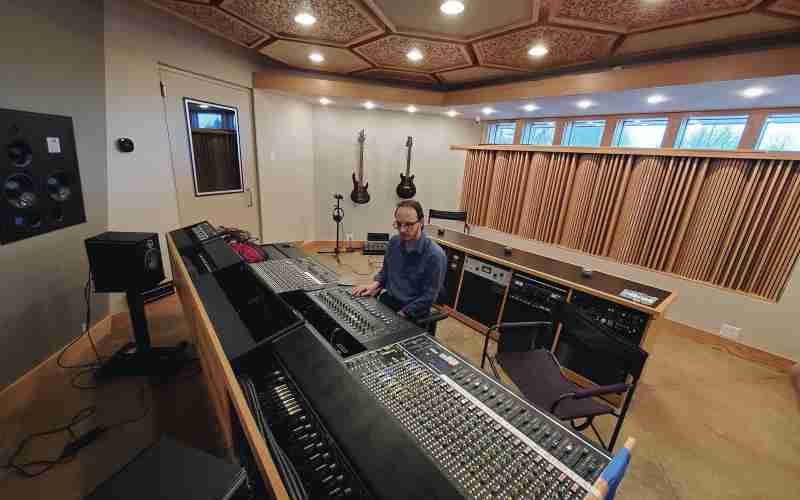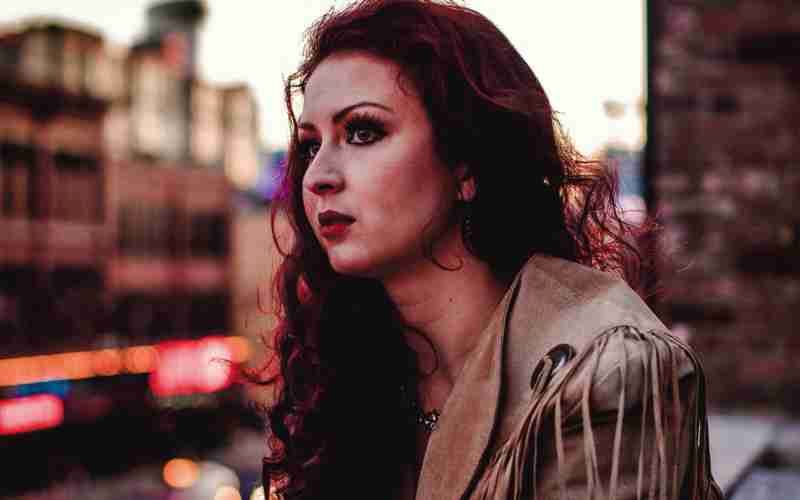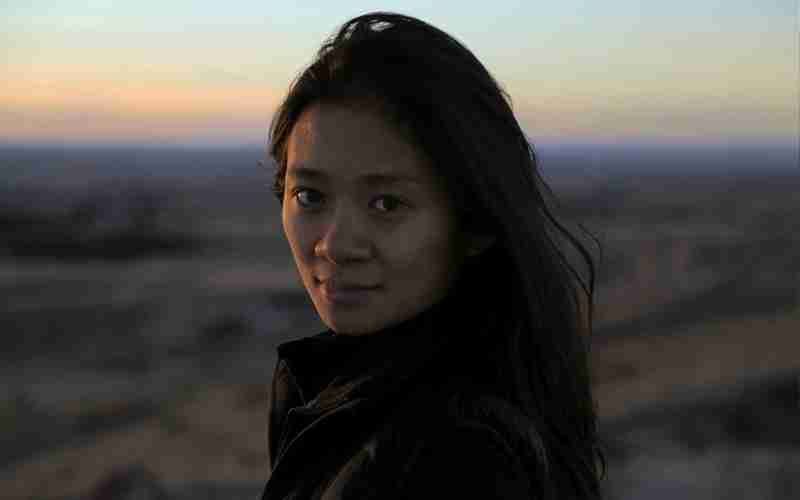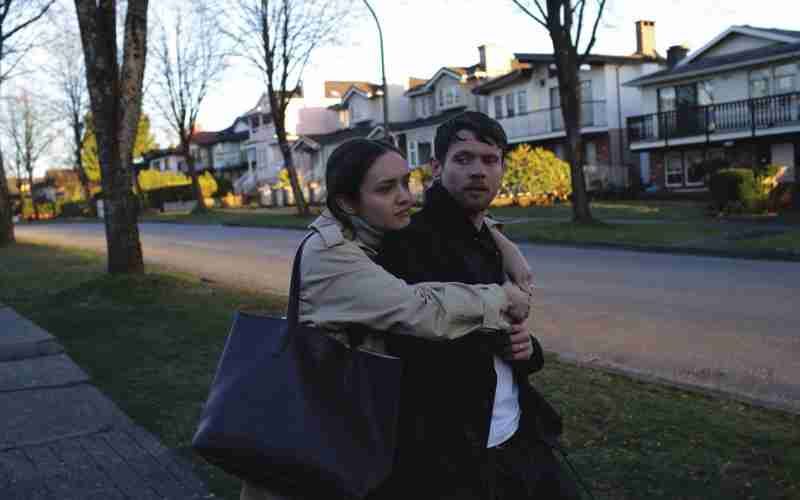At the end of a long and winding drive just off Huguenard Road in Fort Wayne sits one of the area’s newest and most intriguing recording studios.
Google can’t find it for you. You have to know where it is ahead of time, but that’s just part of its charm.
Three-year project
Silverbirch Studios took about three years to build from initial concept to completion, according to Steve Tyler who owns the studio along with his wife Radiance. It’s truly a work of art in and of itself.
Designed with North Carolina-based studio designer Wes Lachot, the building complements the wooded area that encompasses it, rather than standing out as an intruder.
“I had been following the work of Lachot, who has built a handful of studios all around the world, and it worked out that we could build a studio together,” Tyler said in an interview with Whatzup,
While searching for the perfect spot for his studio, Tyler said he knew he wanted it to be subsumed by a lot of nature and light. After settling on the location, Tyler collaborated with Lachot to form the layout of the studio.
A disciple of Frank Lloyd Wright, Lachot incorporated many of Wright’s ideas into the design to create a space that is both sonically and aesthetically impressive.
The building is hexagonal rather than a standard rectangle, which allows for a better sound environment. It’s built from natural material wherever possible, creating a unique palette in which to record.
Anything deemed to be industrial, like the HVAC and wiring, are completely hidden from view, which, Tyler says, is also better for the sound, bringing the environment much closer to the nature-inspired ambience they were trying to create.
“We can all spend hours on end messing with the sound after we’ve recorded it, getting it to sound good,” Tyler said. “But if you can just put up the microphone and it sounds great because of the room that it’s in, then you can get some really amazing results.”
‘Tune’ the room
Panels on the windows allow Tyler to “tune” the sound of the room, creating a myriad of possibilities for each artist. Opening and closing the shutters “quite dramatically changes the amount of ambience in the room,” Tyler said.
“When you put them perpendicular, it’s amazing to be able to look out the window and have some natural light,” he said. “So many of these places are concrete bunkers with no windows, no light, and no reference to the outside world. We wanted to create something that was inspired by nature and had nature’s elements in it as much as possible.”
With an eye toward livestreaming and social media, Tyler built the studio with full video production capabilities in addition to the expected audio recording capacity. He said that in this modern age of music, you rarely just listen to a new piece of music. You also watch it.
“There’s no relating to music today without there being a video involved,” he said. “We have the capability to do multi-cam shoots, assemble raw footage of a recording, or to produce a live broadcast. In the basement of the house (beside the studio), we’ve got a video suite.”
The suite allows a director to call shots and control cameras in the studio.
“As an artist, you can be in here and do your thing and people in the outside world can see it just like they would at any other concert venue,” Tyler said.
touching people’s lives
“Music has been an obsession my whole life,” Tyler continued. “I went down the corporate path and was very successful. After coming out the other side of that, my wife and I felt very strongly that we could help contribute to the community by creating a space where we could record music and create an organization whose philosophy was, ‘Let’s see what we can do to see how music can touch people’s lives.’ We just wanted to contribute to elevating the efforts of the talented people here that want their voices to be heard.”
“It’s important to us that we support the musicians in the area,” Tyler said. “So we will always be a place where musicians can come in and record their work. Having said that, with the video infrastructure and the broadcast capabilities, live concerts are something that we will be focused on,” along with a lot of video production and post production work.
Appropriately, the name Silverbirch in Celtic mythology represents new beginnings.
“It’s a new beginning for us.” Tyler said. “Regardless of your perspective, we’ve all been through a lot the last year, so maybe there’s something that we can do to bring music to people’s lives in new ways that can make a difference.
“We believe we’ve got an environment conducive to the intent of building a community. It’s not just about the building or my desire to record everybody. I support that whether it’s at this studio or at a different studio. If we’ve done our job right, we can create an environment where lots of different people are working on both sides of the board. I think that’s how we are going to reach more people and elevate and empower the community.”




